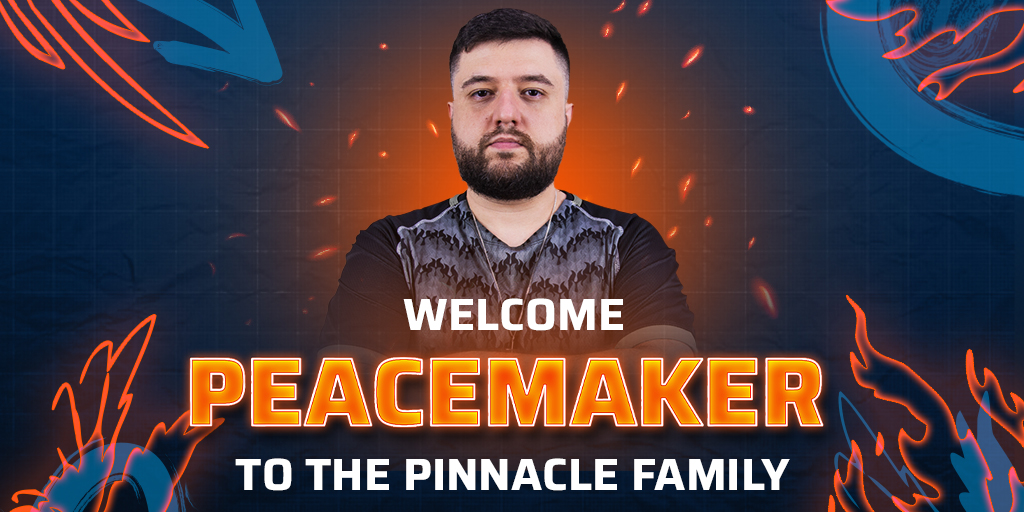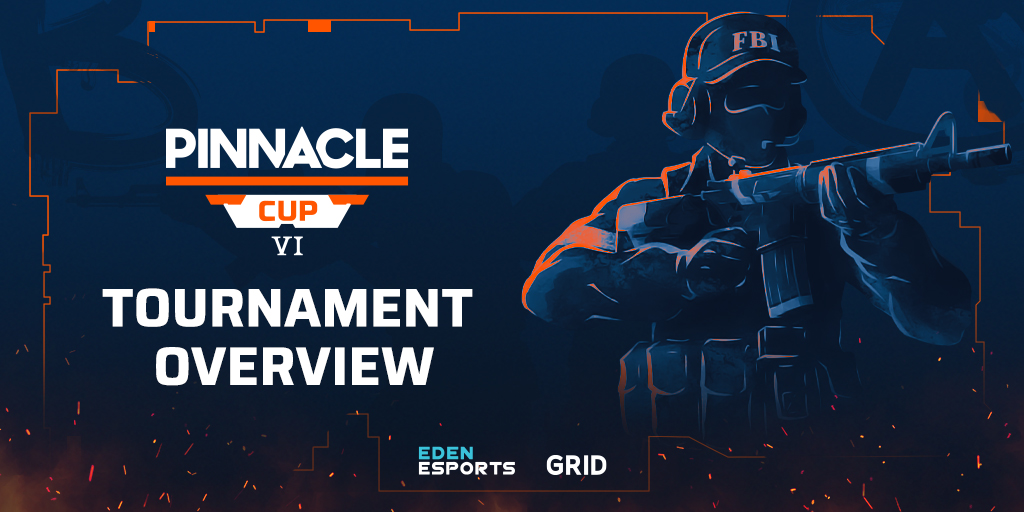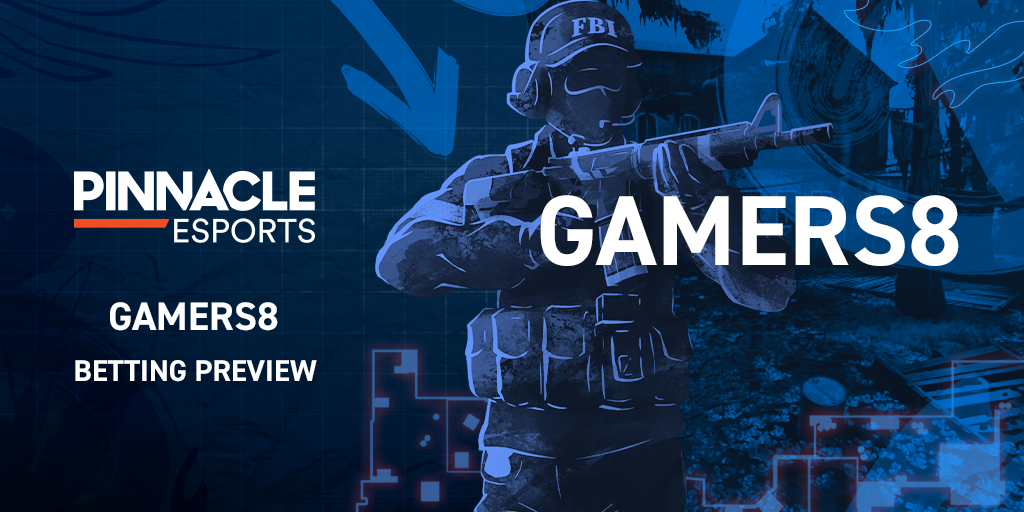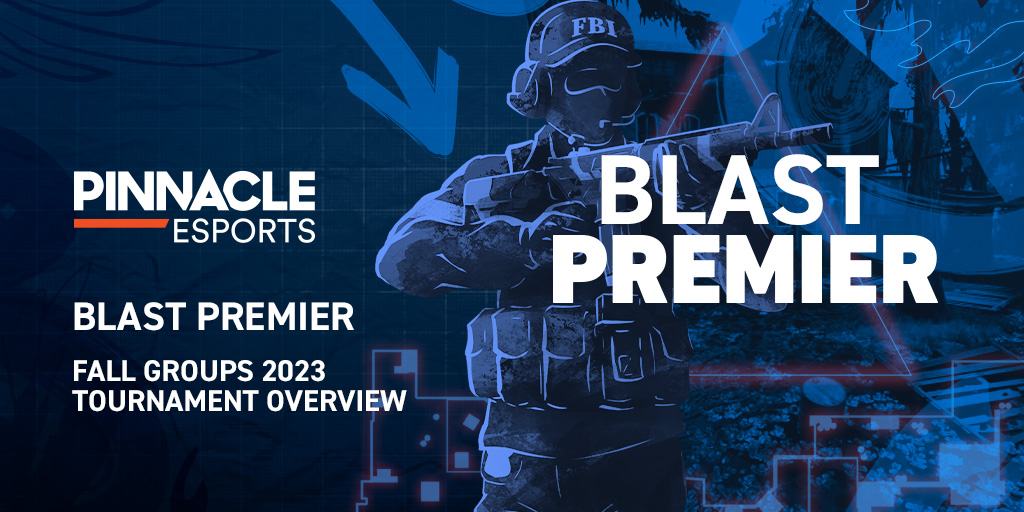The rapid growth of professional esports has been a major point of focus for the top echelons of CS:GO teams over the past two to three years. When the professional scene emerged in 2013, it began with five dedicated players and a part-time coach and manager for the highest paying organizations. Those clubs have since evolved, with dedicated positions for not only coaches and managers, but also for analysts, trainers, and psychologists.
Until this year the complexity of professional Counter-Strike teams had remained relatively unchanged across all levels. It consisted of the same five players with no substitutes, nor access to B-team replacements. Rosters have generally followed a balance of one In-Game Leader (IGL), a couple of supports, and a couple of carries.
Widespread Changes
Regardless of one’s approach to betting on Counter-Strike, the effects of roster changes will be there, and they will be there often. Through 2020, going right up to G2's decision to drop Audric "JaCkz" Jug in favour of the version of their roster with François "AmaNEk" Delaunay, the professional CS:GO scene has witnessed over 1200 player swaps. This does not include the exponentially larger amount of times substitute players and last minute stand-ins were used, nor the times when teams had to compete with players they had already benched or dropped due to tournament rules.
Another significant concern is which data to use. In the NBA, a player's free-throw percentage is an excellent metric to use to assess individual skill without the effects of better or worse teammates.
If you think this is only a problem among the lower tiers of Counter-Strike, think again. There is not one quality prize pool event which has not featured at least one team with a new roster. This past month alone we have had two events, DreamHack Masters Winter and Flashpoint Season 2, sporting 11 teams with new players across both events.
That doesn't seem so bad, right? Well, it depends on your approach. You may find it difficult to be both high volume and avoid teams with new players. 34 teams attended those two events and you may have had to skip, at minimum, around 25% of the matches depending on what criteria you required to begin backing teams.
- Read more on the topic: Maniac's Aspects of communication in CS:GO
For those who would like to step into the unknown waters of betting on a brand new roster, or one with a fresh IGL, the difficulty in pricing teams correctly only increases. Despite all players at the top levels being very talented and experienced - knowing a respectable amount of grenade line-ups, positions, and strategies - every five-player roster is going to require time to 'gel' in order to uphold a high standard of performance.
Instability in practice: GODSENT
Let us examine a recent example – GODSENT at DreamHack Masters Winter. Their long-serving IGL Kevin "kRYSTAL" Amend, ever the underperformer in the K/D department, was removed from the team after an approximately 18 month run with the four other players. The perception was that “kRYSTAL” cannot frag, and Luka "emi" Vuković can, therefore it was a worthwhile move to replace the former with the latter. However, to what extent is this the case, and how will it impact GODSENT? Let’s take a look…
Both players are 27 years old, both have been playing CSGO since 2013, and both have seen their numbers decline steadily as they have aged. However, only “kRYSTAL” has played at the highest level of competition - the majors - and has led multiple underdog rosters as part of PENTA, Sprout, Imperial, NoChance, and GODSENT. “emi” on the other hand has only one notable title to his name – DreamHack Open Rotterdam.
In the space of a month alone we saw two events where 11 teams were sporting new players.
“kRYSTAL” has competed against top 20 teams in twice as many matches as “emi”, and has a significantly lower kill differential. His sample size is more significant; however it is also not inspiring. Was “emi” really an upgrade though? At the time he was cut, “kRYSTAL” was performing around his career worst. So in that sense, yes, just about anyone would have been considered an upgrade at that point in time. In fact, of all the IGL's who have played at least 50 maps against other top 20 teams, “kRYSTAL” is the second worst in this department.
Yes, he even ranks behind Nicolai "HUNDEN" Petersen, who was also dropped by his team, MAD Lions, earlier this year. This is the eternal question facing low-fragging, in-game leaders - at which point does their value as a supreme tactician become negated by their low kill totals? As I mentioned in a tweet earlier this year, on one particular map, the performance of MAD Lions under a more mechanically talented Asger "AcilioN" Larsen had not translated to better results after the departure of "HUNDEN".
It is, of course, also worth noting that “emi”'s sample of 49 maps includes the team’s most recent outing at DreamHack Masters, when they were the only team to defeat Astralis. However, removing that singular match, his individual numbers were insignificantly better than “kRYSTAL”'s have been through the last half of the year. The real question then becomes: was this latest performance from GODSENT better or worse than what we will expect going forward?
My personal view, as a generality over years of betting on Counter-Strike, is it should improve – at least for the short term. This is down to what many see as a 'honeymoon' phase with new players, which I usually explain as improved communication or an unknown map pool. You see, poor communication - when moody, clashing, or depressed voices are being heard - can have disastrous effects on teams. Indeed, it is amazing how many post-game interviews in which you hear players attribute the quality of team chatter to their wins or losses, even when there are no problems internally.
- Read more on the topic: The rise of six man rosters in CS:GO
However, the fresh blood in the roster is not in and of itself the improvement. This means that when the players eventually fall into a slump, or the mood within the team changes, the quality of play will actually dissipate quicker than their skill level should dictate it should.
No team personifies this better in 2020 than, perhaps, mousesports. This roster had the most polarizing of results from January onward, posting five finishes in the top two and six finishes in the bottom four. Additionally, over the summer they had one of the worst Inferno runs in recent memory for a team of this calibre, winning just once – at a charity event where they only had to play to 13 rounds. Aurimas "Bymas" Pipiras then joined the squad and mousesports increased their 10% win rate on this map up to 70%? They failed to reach double digits only twice on this map over their last 20 contests, compared with not doing so in 60% of their preceding dozen.
Statistics to focus on
Another significant concern is which data to use. In the NBA, a player's free-throw percentage is an excellent metric to use to assess individual skill without the effects of better or worse teammates. But which ones exist in CS:GO? Clutch percentage or pistol kills? Additionally, when one NBA player is traded to a different team you can trust the numbers are against the same general quality of opposition – other NBA players. Or in the case of call-ups, perhaps from the same small pool of teams in the NBA development league?
However, what is ideal to use in Counter-Strike betting? This is a recurring topic of conversation among some of my colleagues, most recently in discussing Cloud9's William "mezii" Merriman. The Colossus shocked most, if not all, of the Counter-Strike community when, as tier one esports organization paying tier one coin, they decided to add a relative 'no-name' player to the list of accomplished names which make up their team.
However, “mezii” should not be a no-name player to the Counter-Strike betting world, as in his entire two years of professional experience he has only played with some truly inconsequential rosters (sorry UK CS fans). Now, every current CS:GO star player has needed someone to take the big leap of faith in bringing them to the next level of competition, but is it logical to use his statistics from matches at a certainly lower level of competition, or will his play improve with better teammates surrounding him?
- Read more on the topic: The effects of using a substitute in CS:GO
Yet, when they get there, it begs the question of whether the team will elevate their performance due to his addition, or will they be pulling him up to their level? This is certainly a “chicken or egg” scenario. For it not to be, you would need the new player to perform worse, while both the other individuals perform better and the team, as a whole, sees their results improve. So, in this case, “mezii,” would need to be the factor leading to the team's improvement, despite his personal numbers not improving to reflect that. Which metrics would you use to show the correlation between them? I am sure some esports data analysts have put a great deal of time toward answering this question.
Does the roster raise their team-play, leading to higher kill totals? Or do the five players raise their individual standard of play leading to better team-play metrics? This is a question for you to determine either as a general rule or on a case by case basis. Without understanding your own philosophy on team-play dynamics and how it is affected by new players over a period of time, you cannot navigate the volatile waters of any level of Counter-Strike competition.







